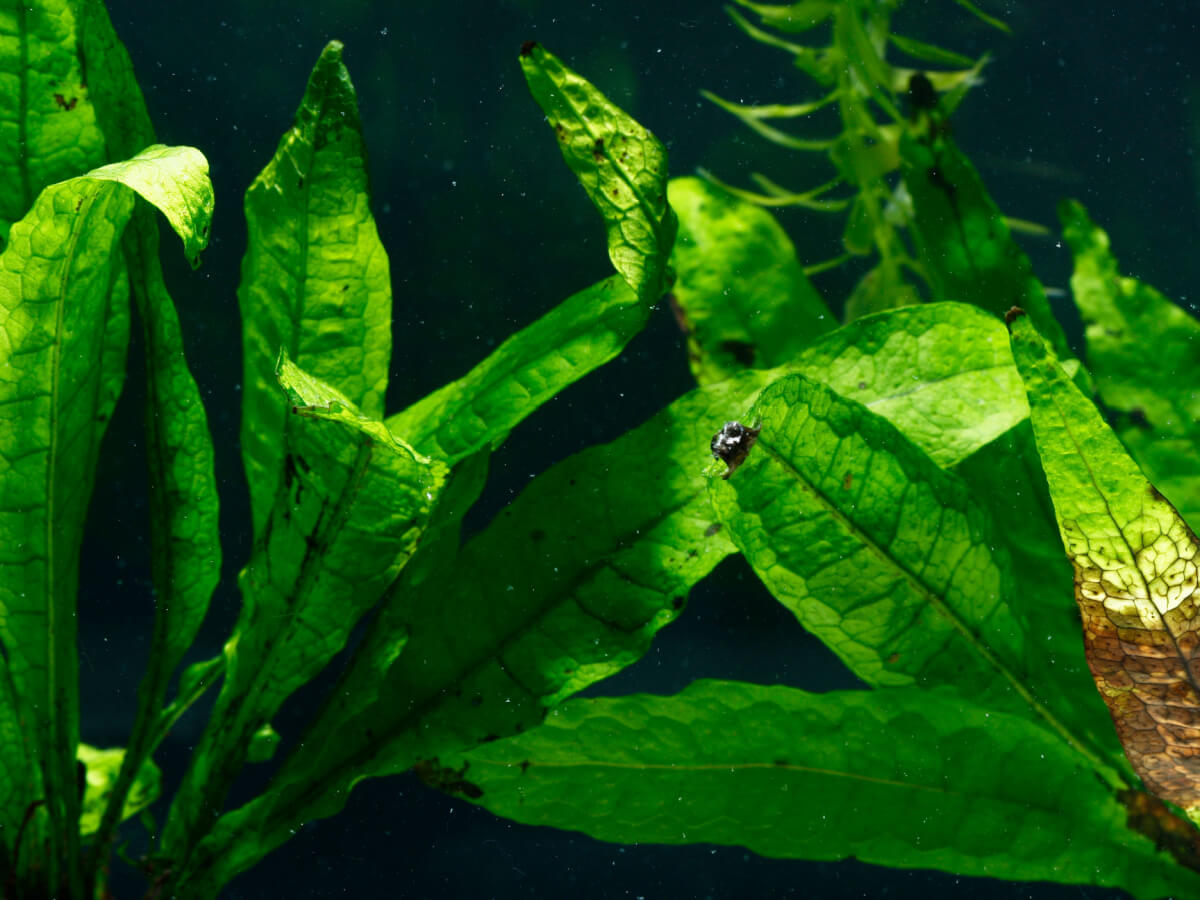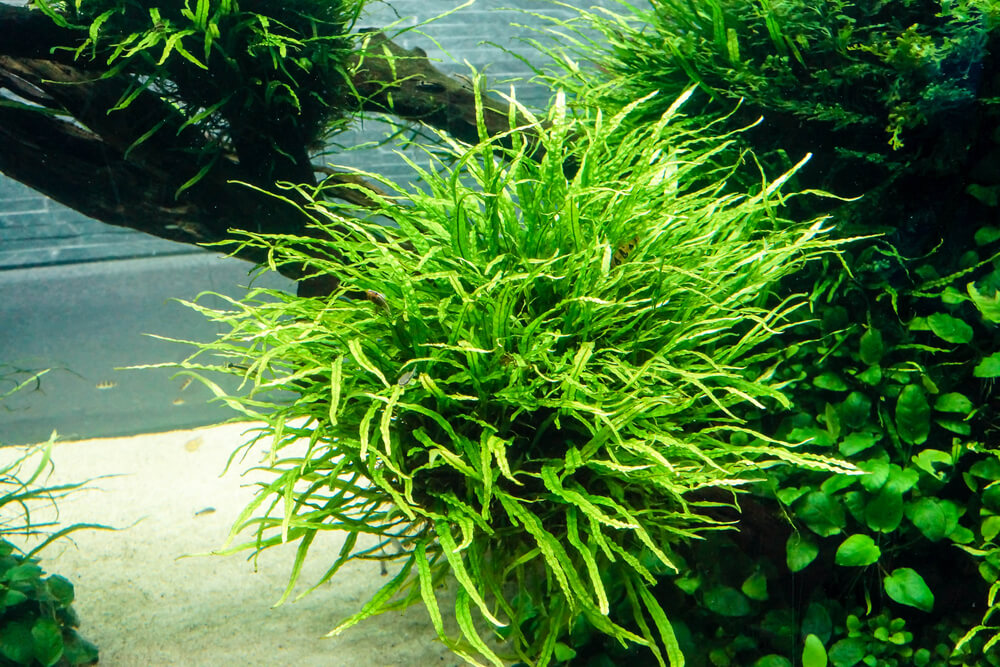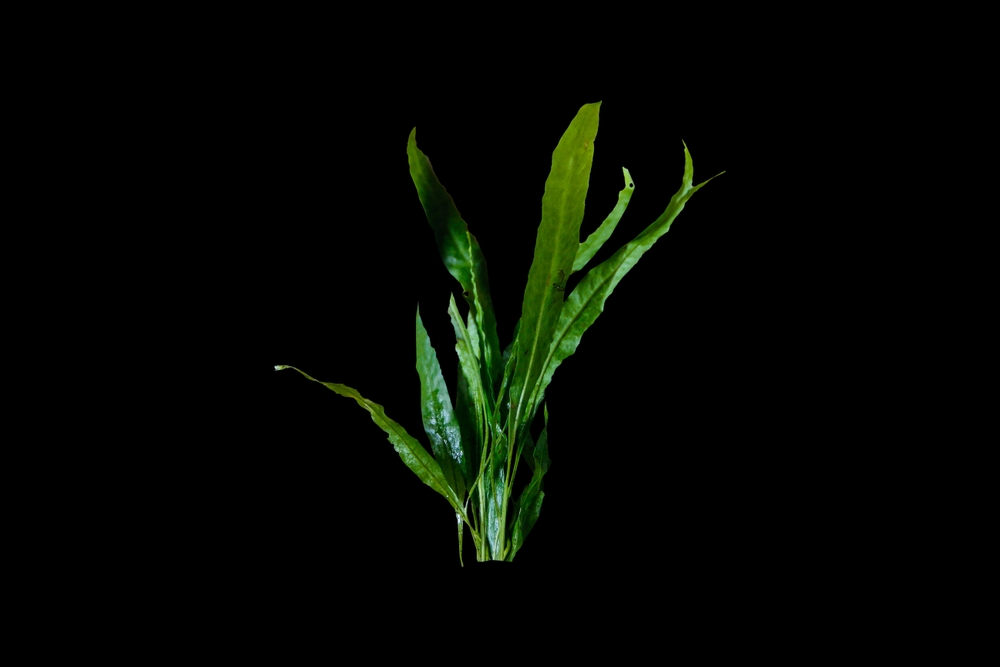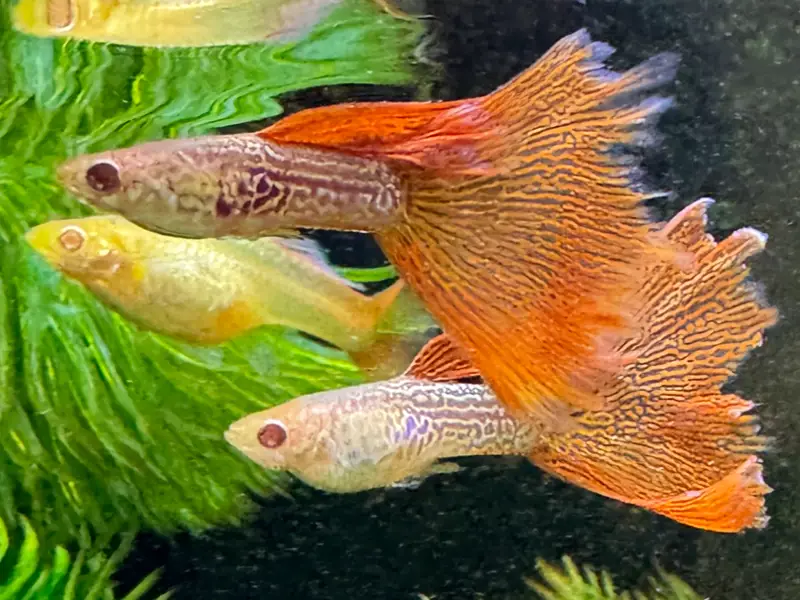Java Fern: Care, Planting, Types & More
Posted by on 02/27/2024
Often branded as one of the best aquatic plants for hobbyists new to planted tanks, Java Fern is a slow-growing plant that's known for its durability. If you're considering this plant for your aquarium, there are a few things you should know before making a purchase.
In this post, we're going to cover the ins and outs of the Java Fern plant so that you can decide whether or not this plant is right for you.
Table of Contents
January's Giveaways on Light Fish
Species Summary
The Java Fern (scientific name: Leptochilus pteropus, or Microsorum pteropus) hails from the island of Java, a 41,000 square mile island that serves as the economic center of Indonesia. The island is known for its rich biodiversity and plays host to a wide variety of marine and plant life. The island has over 650 endemic plant species, with 16% [1] of the plants being epiphytes, plants that grow on surfaces and derive their nutrients from the air and nearby debris. Orchids, mosses, and cacti are a few common types of Epiphytes.
The Java Fern is one such Epiphyte, and hobbyists looking to care for the plant should be sure to keep the roots of the plant exposed.

Appearance
The Java Fern is a green-colored aquatic plant that produces long, narrow leaves that extend from the plant's rhizome. Healthy leaves of the plant tend to be narrow towards the rhizome, widen towards the center, and narrow again towards the tip of the leaf. Healthy Java Fern plants should be completely green in color, and should not display any signs of necrosis, yellowing, or black spots.
Size & Growth Rate
While most hobbyists will find smaller-sized plants for sale online or at their local fish stores, Java Fern plants can grow to be quite large, with large-sized plants growing up to 15 inches in height. On average, most Java Fern plants you'll find for sale will be sold at 5-6 inches in size.
The plant is a slow grower, a main driver for the plant being known as beginner-friendly. Its slow rate of nutrient uptake makes it capable of surviving off fish waste or a small amount of aquatic plant fertilizer.
When adequately cared for, Java ferns will typically double in size in about a year. These plants will usually take around 1-2 months to transition to your tank parameters before you start seeing signs of new growth.
🛒 Shop Aquarium Plants Fish on Light Fish
Java Fern Care
Caring for Java Fern doesn't require much effort from the hobbyist. If you have a stocked tank and perform weekly 50% water changes, typically the waste from fish will provide enough nutrients for the plant to grow.
If you notice black spots on your Java Fern plant, or the leaves looking generally unhealthy, then you'll likely need to dial down your light intensity or add aquatic plant fertilizer to your tank. Unfortunately, an unhealthy leaf will not repair itself, and the hobbyist will need to trim off unhealthy leaves near the base of the rhizome to keep the plant looking in tip-top shape.
Tank Size
We recommend a 2.5-gallon aquarium at a minimum for a Java Fern plant.
Tanks of this size should be tall enough for the plant to grow to its full height (about 15 inches.) Due to the plant's slow growth, hobbyists have plenty of time to move their Java Fern if they require more space.
Water Parameters
Java Fern grows best in a heated aquarium, with temperatures between 70°F-75°F, although the plant is capable of surviving in temperatures as cold as 60°F.
In the wild, Java Fern grows in a tropical climate, so naturally you'll want to recreate these conditions as best as possible. Aim for the following water parameters:
- Temperature: 70°F-75°F
- GH: 2-15 dGH
- KH: 3-8 dKH
- pH levels: 6.5-7.2
You'll want to keep these parameters as stable as possible while you care for your Java Fern.
Fertilization
If your tank is fully stocked with fish, then the waste they produce will act as a nutrient source for your Java Fern plant. Still, we recommend dosing plant fertilizers, ensuring that your plants will never become nutrient-deficient. When a Java Fern plant is unhealthy, it begins to melt. We cover melting in more detail in our related blog post: How to Fix Melting in Java Fern Plants.
Hobbyists can dose dry aquatic plant fertilizers directly into their tanks, but for beginners, a product like Seachem's Flourish should cover everything you need. Dose the recommended amount of fertilizer 2-3 times per week. Combined with a 50% weekly water change, your Java Fern plant should be in great shape!
Substrate
Since the Java Fern plant is an *epiphyte, *hobbyists can use virtually any substrate, as the plant's rhizome should never be buried.
When possible, we still recommend providing a nutrient-rich substrate, such as Eco-Complete or Flourite. These nutrients will leach into the water column, giving the hobbyists a little more flexibility when it comes to managing nutrients in their tanks.
Lighting
Lighting for Java Fern is as easy as it gets. This plant can grow in dim lighting, making virtually any aquarium light a solid option for growing the plant.
Keep in mind that if you are running powerful lighting (such as in a high-tech, CO2-injected planted tank), the lighting is capable of burning the leaves of the plant. In such an aquarium, you would likely want to move the plant to a more shaded area of the tank.
Additional Types of Java Fern
While this post is geared towards the care of Microsorum pteropus there are many additional types of Java Fern species available! Hobbyists will need to search high and low to find these rare plants for sale, but their unique appearances make them sought after by those who are in the know!
Here are some additional types, if you're looking to pick up a few of these for sale, you may be able to find some on our marketplace or at one of the stores listed in our massive list of 250+ online aquarium stores.
Microsorum Pteropus Windelov
First up on our list of additional Java Ferns is the Windelov variant. This species is probably the 2nd most common after Microsorum pteropus. While the plant is almost identical in color, its leaves appear much different, producing unique finger-like shapes near the tips of the plant.

Microsorum sp. Needle Leaf
Next up is the Microsorum sp. Need Leaf, and as you may have guessed, features narrow, needle-like leaves compared to the wider type seen in Microsorum pteropus. When fully grown, this plant can produce compact growth, serving as an excellent midground or background plant.

Microsorum Narrow K
Not to be confused with the previously mentioned Needle Leaf, the Microsorum Narrow Leaf looks similar, but the leaves of the plant are slightly wider compared to the Narrow Leaf variant. Still, the Narrow variant is more narrow than the common Java Fern (Microsorum pteropus).

Even More Species of Java Fern!
Rare aquatic plant hunters may be interested in knowing that there are even more hard-to-find Microsorum species! Microsorum sp. India, Microsorum Sp. Durin Besar are just a few of the many additional Java Fern varieties found in the wild and in the homes of aquatic plant collectors.
Planting Techniques
The key to planting Java Fern is to make sure that the plant's roots are not buried in the substrate. The roots of the plant need to be exposed, so hobbyists will want to use fishing line or a small bit of aquarium-safe glue to attach the plant to a piece of aquarium hardscape, such as seiryu stones or driftwood.
Some pieces of Driftwood, such as Malaysian driftwood tend to have holes and small gaps between branches. If you can position your Java Fern in such a location, over time the plant's roots will wrap around the wood, anchoring itself in place!
Trimming & Propagation
Unhealthy or damaged leaves must be trimmed near the base of the plant, just above the rhizome. We recommend trimming off damaged leaves so that the plant can divert more resources toward growing new, healthy leaves!
When well cared for, the plant will naturally spawn baby plantlets on its leaves, which can then be trimmed and re-planted. Hobbyists can also make a single clean cut along the base of the rhizome if they prefer to split the plant in two.
Tank Mates
The Java Fern plant is the perfect addition for a tank filled with freshwater shrimp or nano fish, but you'll want to avoid adding it to a tank with large aggressive fish, such as cuban cichlids, or red dragon flowerhorns, as these fish tend to nip at and uproot aquatic plants.
If you're looking for some stocking options, check out our related post: 20 Best Fish for Planted Tanks.
Conclusion
That wraps up our post on Java Ferns. Now that you've learned all the ins and outs, do you think you'll pick up this plant as your next tank addition? We think this plant is an excellent choice for hobbyists looking to test their skills in the planted tank world.
If you're looking to purchase this plant, be sure to check out our marketplace, where you can buy and sell with other aquarium hobbyists. If you can't find this plant for sale, you can also visit our list of 250+ online aquarium stores to help you in your search.
References
[1] Endemic plants of Java Island, Indonesia: a dataset https://pubmed.ncbi.nlm.nih.gov/36761504
January's Giveaways on Light Fish






